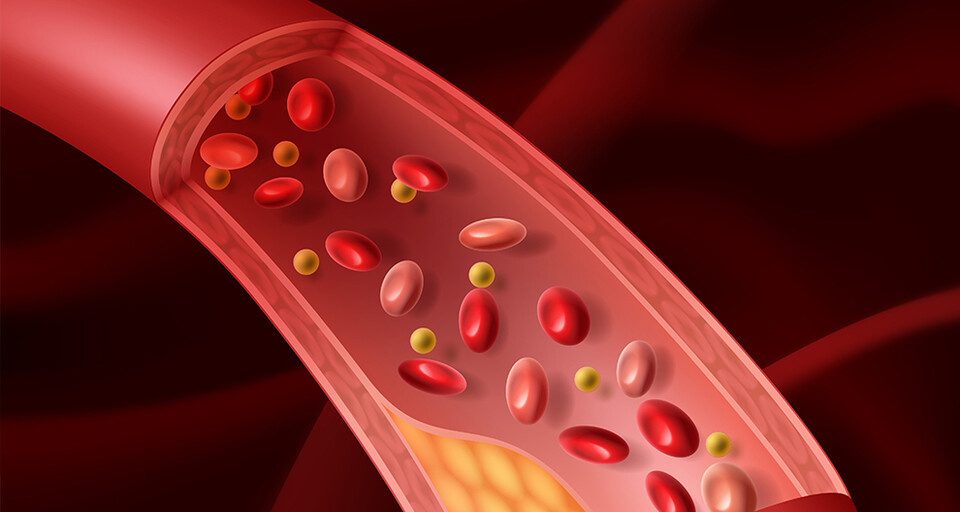As a parent, learning your child has G6PD deficiency can be stressful and worrisome. Many questions abound. What can I do now? Is the condition manageable? Can my child grow out of it? The first step is to understand what you are dealing with to determine what you can do to help manage the condition.
Gaining better knowledge of this condition can help you fully understand the factors that can affect your child's health and effectively strategize ways to help them.
MEDICAL DISCLAIMER: The information included in this material is for informational purposes only. Always seek medical advice for any concerns about health and nutrition.





